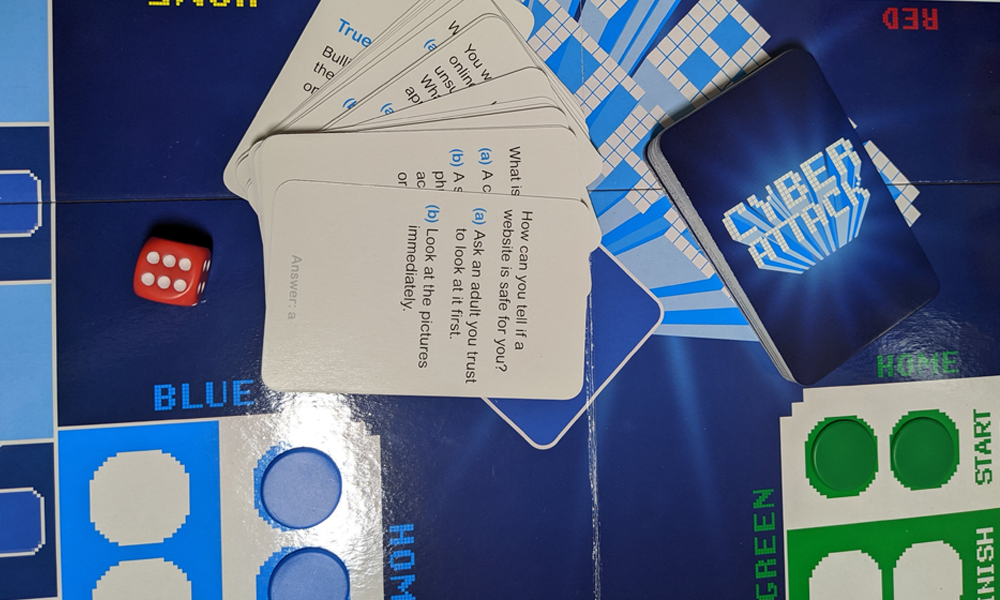The skills of problem solving, critical thinking and creativity can be taught through STEAM learning experiences using robots, apps and technological gadgets, but how can we continue to provide children with opportunities to develop these STEAM skills without needing to use these technologies?
In this blog, we explore five games that support STEAM learning that can be conducted at home or school that do not involve technology or screen time.
ThinkFun – Code Programming Game Series
Age: 8+
Players: Single or collaborative game play
40+ challenges per game
The Code Programming Game Series contains three games that were created by Mark Engleberg, a teacher and former programmer for NASA. These games are designed to build the skills needed to learn key coding concepts. They allow students to work through over 40 challenges from beginner to expert level. Each of these games develops students’ understanding of problem solving and computational thinking. All three games in this collection are screen-free, unplugged coding experiences.
Featured Products:
ThinkFun – Code Programming Game Series
On the Brink
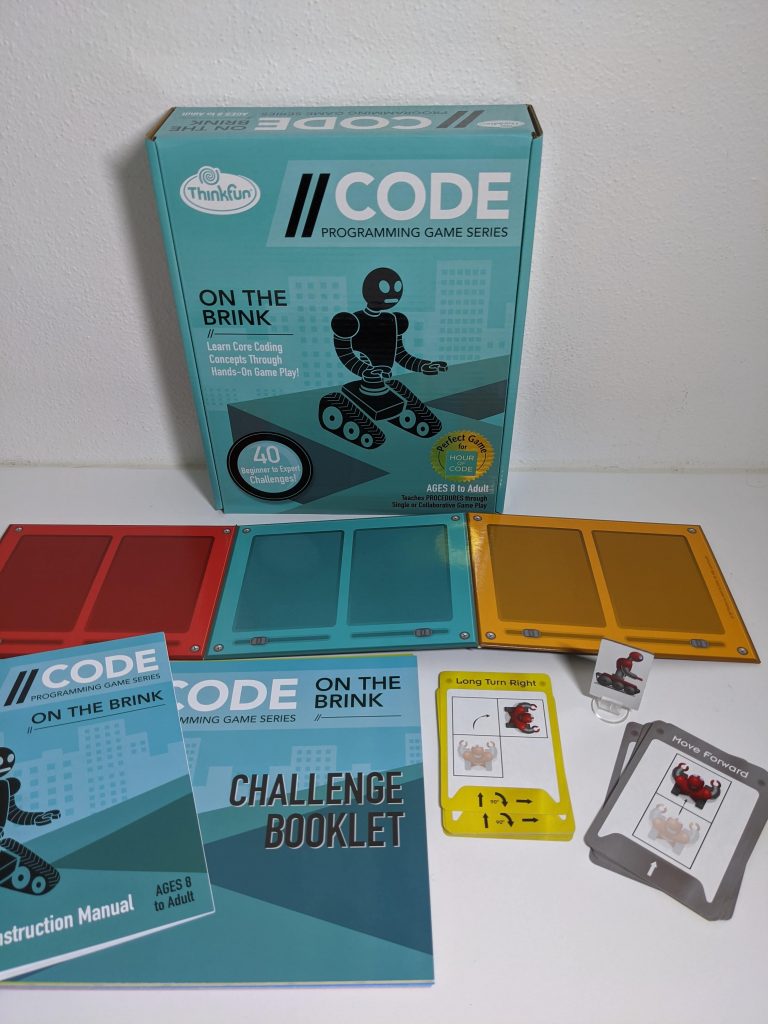
On the Brink teaches procedures and problem solving skills through its single or multi-player game. The aim of the game is to use your problem solving skills to program the robot to move along the different game boards using the coloured control panel and movement cards. Each panel on the control panel has space for two movement cards which you need to program to move the robot from start to finish.
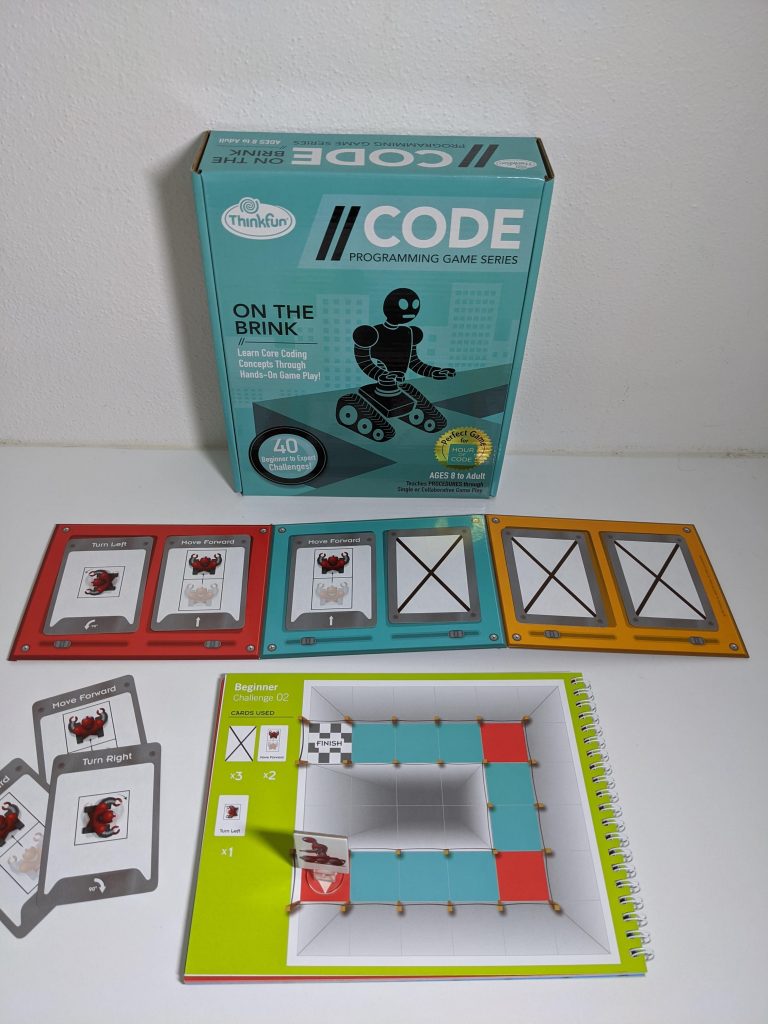
The game includes:
-
- Challenge booklet
- Instructions booklet
- Movement cards (grey = beginner, yellow = advanced)
- Control panel
- Robot character
Featured Product:
ThinkFun – Code Programming Game Series
Rover Control

Rover Control teaches control structures and problem solving skills through its single or multiplayer game. The aim of the game is to move the rover from start to finish. The rover can only be programmed to travel on the coloured paths. The game board has been wiped off the coloured paths, and players must use the clues to redesign the path and program the robot character to move it from start to finish for each mission.
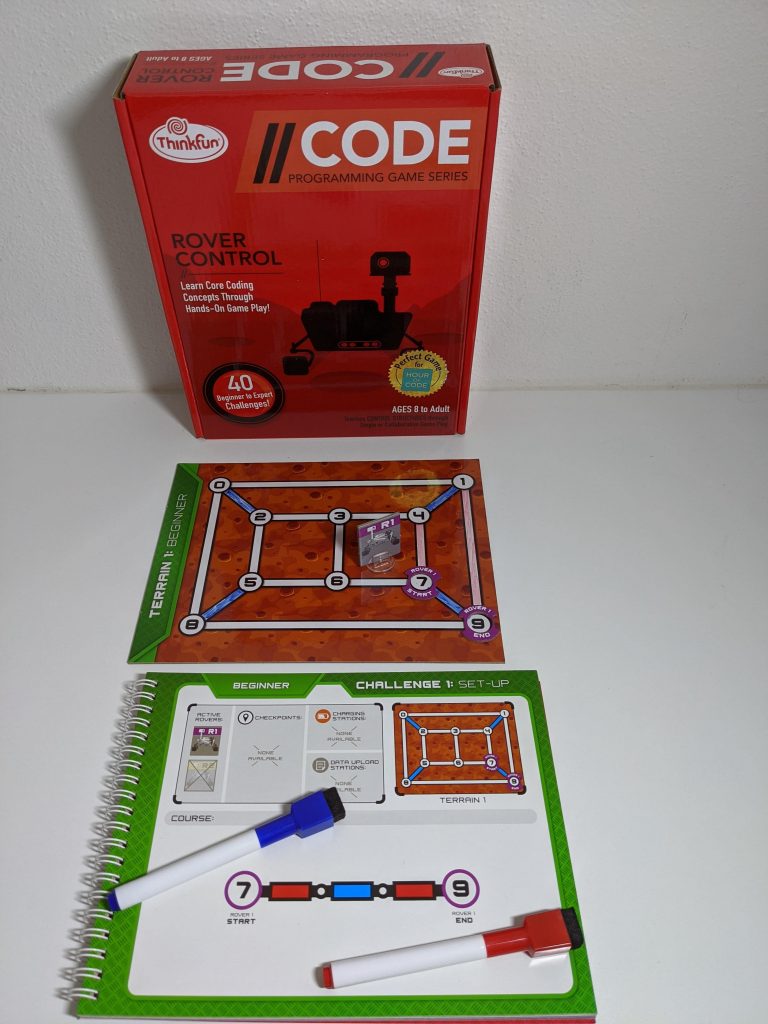
The game includes:
-
- Challenge booklet
- Instructions booklet
- Solution booklet
- Game boards – Terrain cards x 4 (beginner, intermediate, advanced and expert)
- Whiteboard markers with erasers (red, green, blue)
- 2 x rovers (yellow, purple)
- Tokens that include (charging station, data upload, and rover start and end discs)
Featured Product:
ThinkFun – Code Programming Game Series
Robot Repair
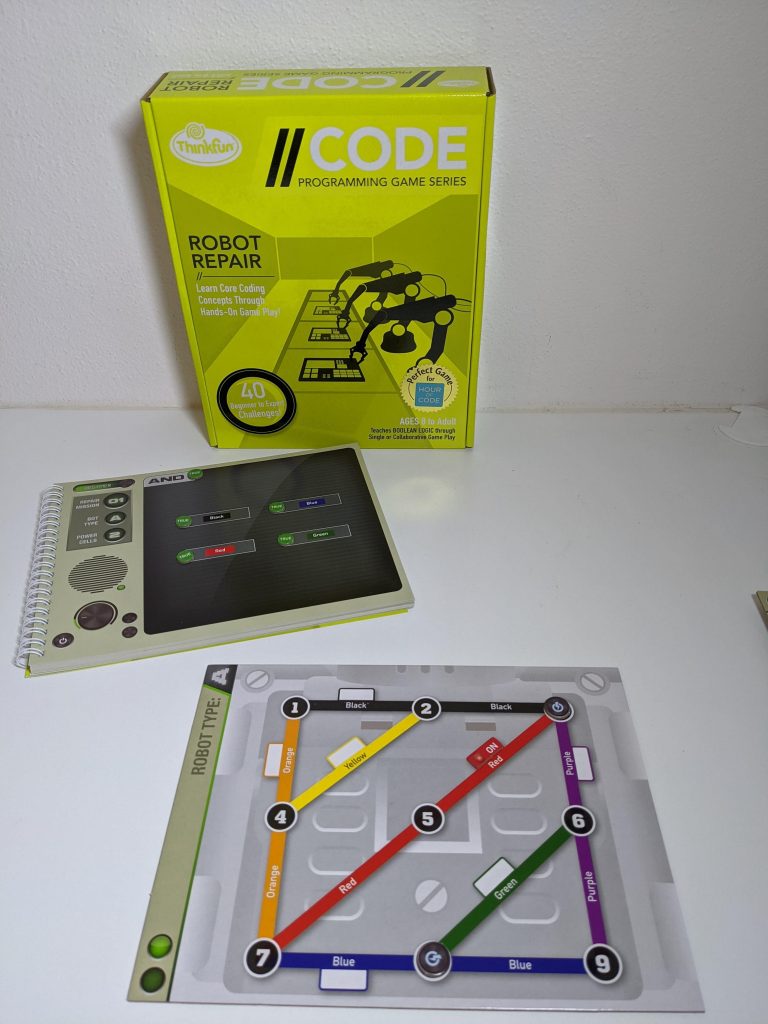
Robot Repair teaches logic principles which are a key part of programming. The aim of the game is to fix the four broken robots by connecting colours and wires on each of the game cards through the clues given on each mission challenge.
This game includes:
-
- Challenge booklet
- Instruction manual
- Solutions booklet
- Game boards
- Tokens (power cells, on/off and true/false)
Featured Product:
ThinkFun – Code Programming Game Series
Pixel Plezier
![]()
Age: 5+
Players: Single or pairs
Pixel Plezier is a puzzle game that helps students develop their understanding of binary code by creating pixel characters. Binary code represents text, computer processor instructions and any other data using a two-symbol number system consisting of ‘0’ and ‘1’ from the binary number system.
![]()
Within the kit there are 8 puzzles to create and solve. This is a great activity to have students complete on their own or working collaboratively in pairs. Each kit contains 8 puzzles and 4 coding mats (2 boards 7×7 and 2 boards 6×6).
Extension
Using this template, students can extend this game by creating their own Pixel binary code for others to solve.
Download: Pixel Plezier Template
Featured Product:
Cyber Attack Board Game
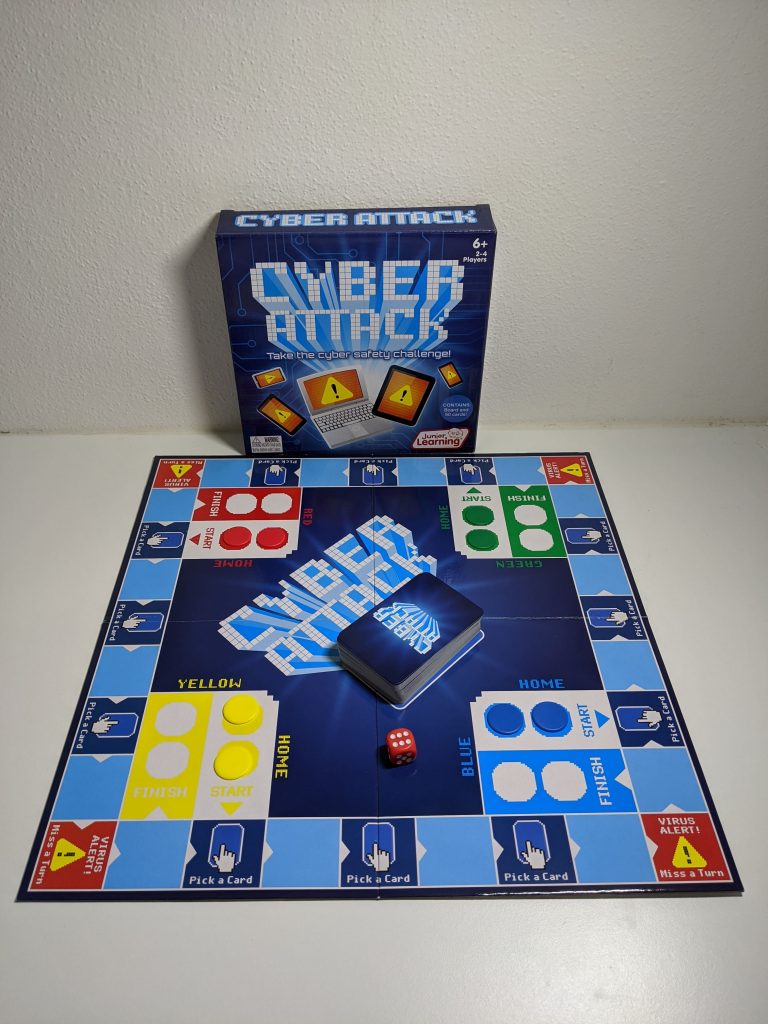
Age: 6+
Players: 2-4
The Cyber Attack Board Game supports students in developing their understanding of cyber safety and how to act and behave online. It follows the format of traditional board games with question cards related to digital problems that students may encounter online. If students get the answer correct they can either proceed forwards two places in the game or can move an opponent back two places. If they get an answer incorrect they move two places back.
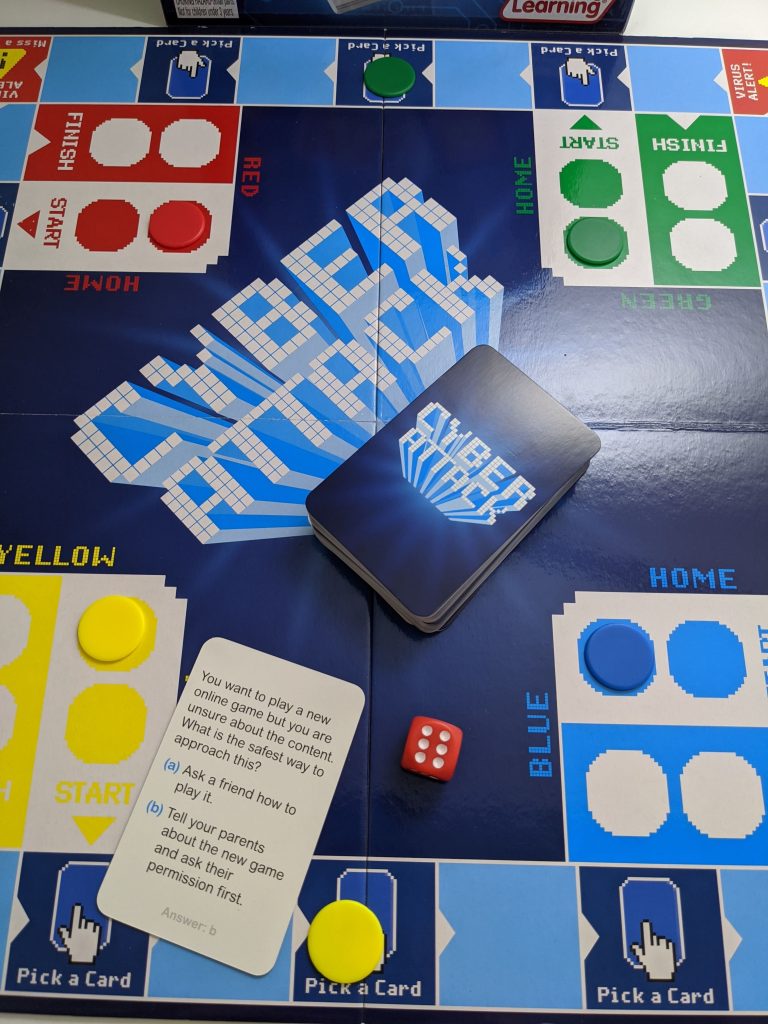
Extension
This game can be extended by having students create their own question cards. This personalises the game, particularly if you have certain rules at school or home related to using a device and how to act and behave online.
Featured Product:
About the author
Eleni Kyritsis is an award winning Year 3 teacher and Leader of Curriculum and innovation from Melbourne, Australia. Eleni facilitates professional learning workshops around the world that focus on unleashing creativity and curiosity in classrooms. You can contact her at elenikyritis.com and @misskyritsis
Featured Products:
ThinkFun – Code Programming Game Series

